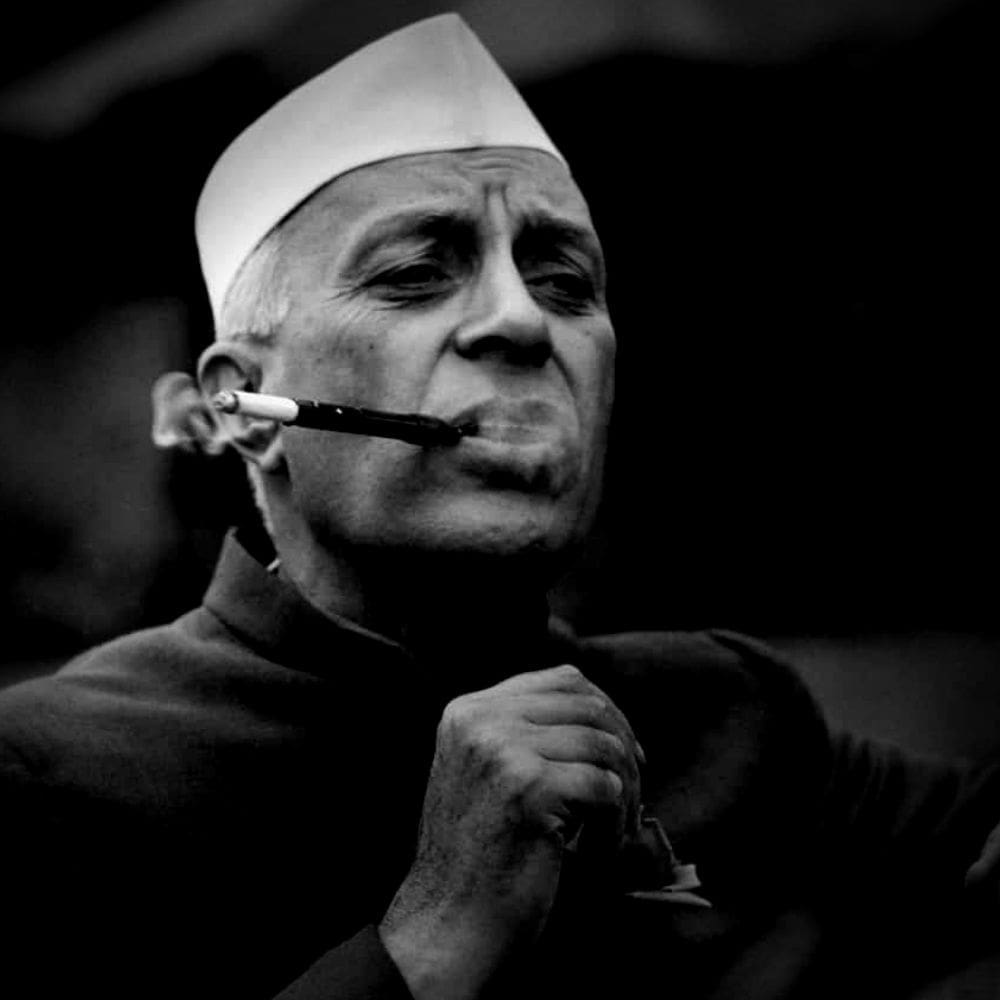MESSY REORGANISATION OF STATES
In India, distinct geographical areas have their own distinct language; and associated with them a distinct set of culture, customs, dresses, music, dance, arts, literature and so on. Indian freedom fighters, except perhaps the anglicised-set that included Nehru, were deeply aware of the love and attachment of the people to their mother-tongues and the associated culture, and its power in harnessing them to the cause of freedom; because political freedom would also have meant freedom from English and colonial culture, and its replacement by their mother-tongue and their culture.
It was therefore natural for the leaders of the Indian Independence movements to have worked out back in the beginning of the twentieth century itself that upon independence India should be reorganised along the lines of the major languages so that the people of the concerned regions could fulfil their aspirations, and their language and culture flowers. The Congress Party had committed itself to this way back in 1917. In the constitution that was framed by the Congress under the inspiration and guidance of Mahatma Gandhi, India was divided into provinces, with headquarters and languages as follows: Province (Headquarters): Language
(1) Ajmere-Merwara (Ajmer): Hindustani (2) Andhra (Madras): Telegu
(3) Assam (Gauhati): Assamese
(4) Bihar (Patna): Hindustani
(5) Bengal (Calcutta): Bengali
(6) Bombay City (Bombay): Marathi-Gujarati (7) Delhi (Delhi): Hindustani
(8) Gujarat (Ahmedabad): Gujarati
(9) Karnatak (Dharwar): Kannada
(10) Kerala (Calicut): Malayalam
(11) Mahakosal (Jabalpur): Hindustani
(12) Maharashtra (Poona): Marathi
(13) Nagpur (Nagpur): Marathi
(14) NWFP (Peshawar): Pushtu
(15) Punjab (Lahore): Punjabi
(16) Sind (Karachi): Sindhi
(17) Tamil Nadu (Madras): Tamil
(18) United Provinces (Lucknow): Hindustani (19) Utkal (Cuttack): Oriya
(20) Vidarbha-Berar (Akola): Marathi
Even Provincial Congress Committees (PCCs) were as per the linguistic zones, like Orissa PCC, Karnataka PCC, and so on. All the leaders of the independence movement from different regions and language areas were agreeable on this—there were no two opinions.
No one thought it would be divisive in nature and a threat to the national unity. That there were distinct languages and cultures was a fact on the ground; and if that meant divisive tendencies, then that would have been there whether or not separate states were carved on that basis. On the contrary, by not carving out the states as per the major-language regions, there was a good possibility of dissatisfaction, frustration, anger and mischief leading to bad blood among people and divisive tendencies.
Those who were close to the ground and genuinely understood India (and did not have to do “Discovery of India”) knew that what held India together through thousands of years and through trying times was the overarching culture of broad Hinduism and associated religions that evolved in the Indian soil like Jainism, Buddhism and Sikhism. This unique Indian combination cut across languages and local cultures and stitched together the larger entity, Bharat Varsh.
However, in the wake of partition, the division of India on the Hindu- Muslim religious lines was extrapolated to include possible future divisions on linguistic lines, and a needless fear psychosis developed. What was decided coolly and rationally in the pre-independence times and was taken for granted, and what most people implicitly looked forward to as a logical post-independence step was sought to be given a go by, as a panic, irrational reaction to communal partition on religious grounds.
Rather than forming a competent body to go into all aspects of reorganisation of India and making recommendations, Nehru’s government sought to postpone the whole issue indefinitely.
The issue erupted. First, for Andhra. The government tried their best to suppress the agitation. The more they tried the worse it became. Ultimately, they had to give in, and the state of Andhra Pradesh was formed in 1953. Wrote Dr Dhananjay Keer in ‘Dr. Ambedkar: Life and Mission’:
“…on September 2, 1953, Dr. Ambedkar criticized Government for its vacillating policy on the formation of linguistic states. He strongly repudiated the view that linguistic reorganization would lead to the disintegration of India. Potti Sriramalu, he observed, had to sacrifice his life for the sake of creating Andhra. If, he added, in any other country a person had to die in order to invoke a principle that had already been accepted, it was possible that the Government of that country would have been lynched.”
All the violence, destruction to property, and bad blood among people speaking different languages could have been avoided had the issue been rationally and peacefully settled through a body that could have been set up. Ultimately, States Reorganisation Commission (SRC) was formed in 1954.
The matter of Maharashtra, Gujarat and Mumbai was again allowed to hang for too long, leading to agitations and violence. Eventually, Nehru had to give in. The states of Maharashtra and Gujarat were created on 1 May 1960.
It showed that the Nehru’s government lacked the wisdom to do the right thing at the right time, and created avoidable problems for itself and for the country. Only when forced did they do what people demanded and aspired for. If you indeed had some great and valid principles behind what you did, you should have stuck to your stand, even if you became unpopular and were later thrown out in the elections. What was the down side, if any? Nothing. The linguistic states never asked for secession. Indian unity actually became stronger. The language and culture of different linguistic states flourished—compared to what the status was earlier.


